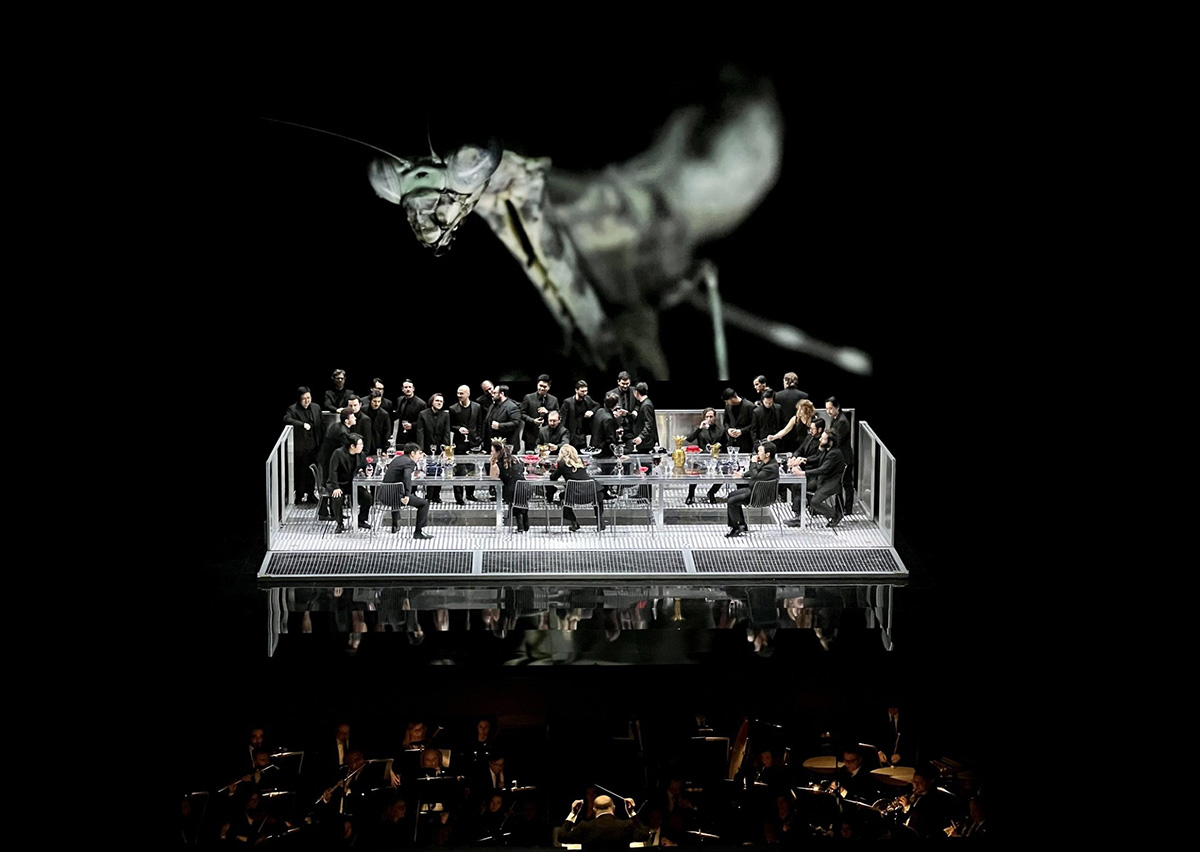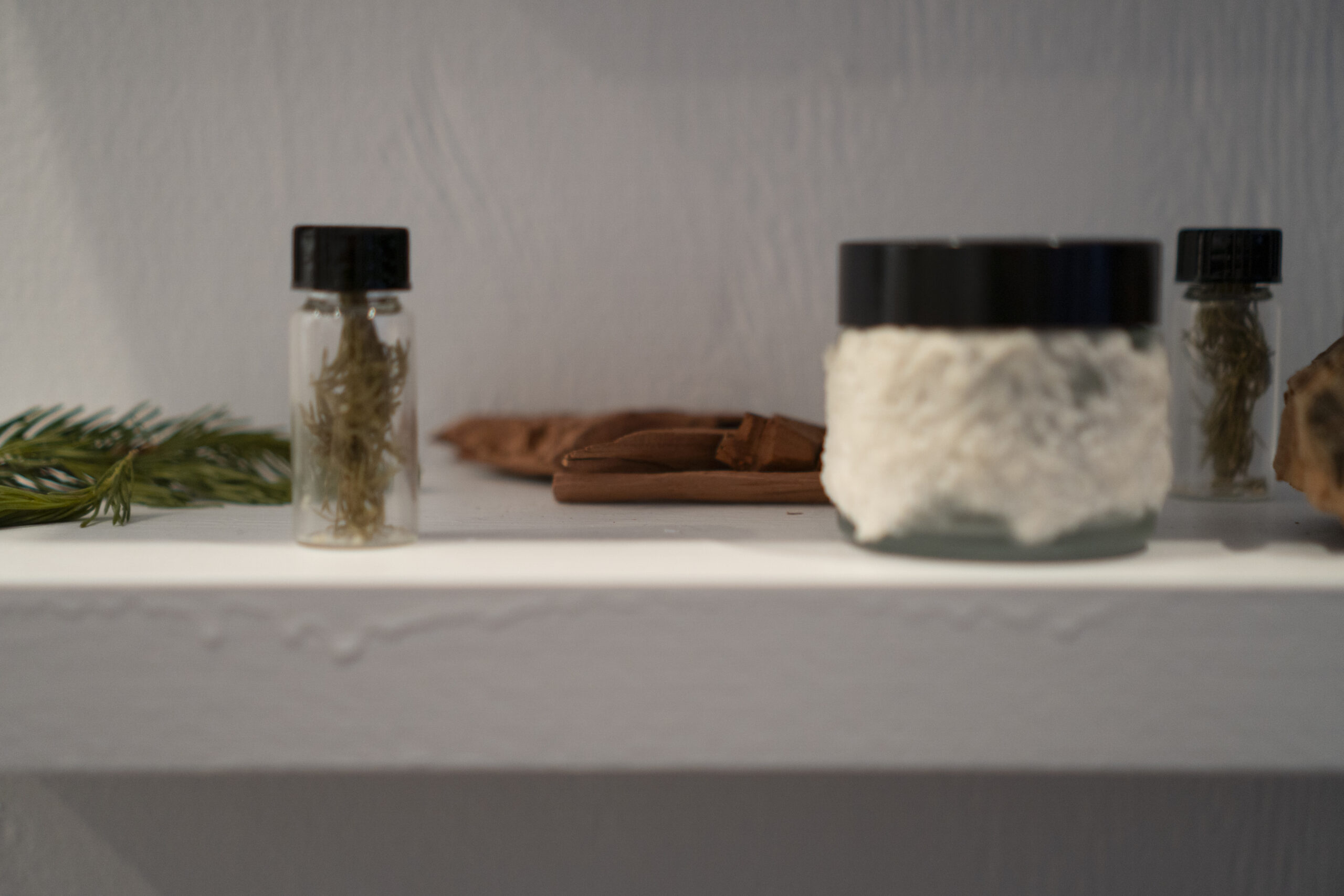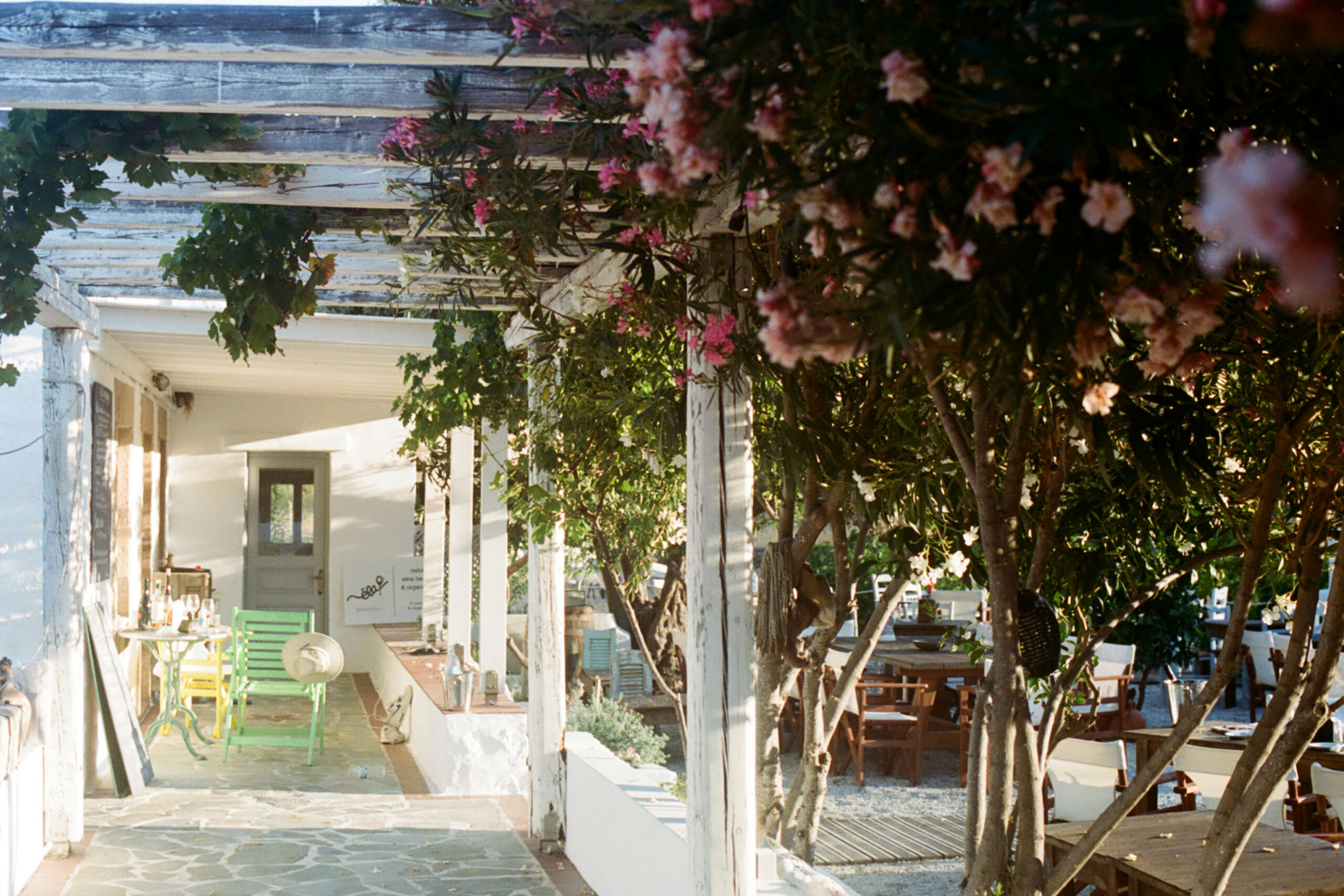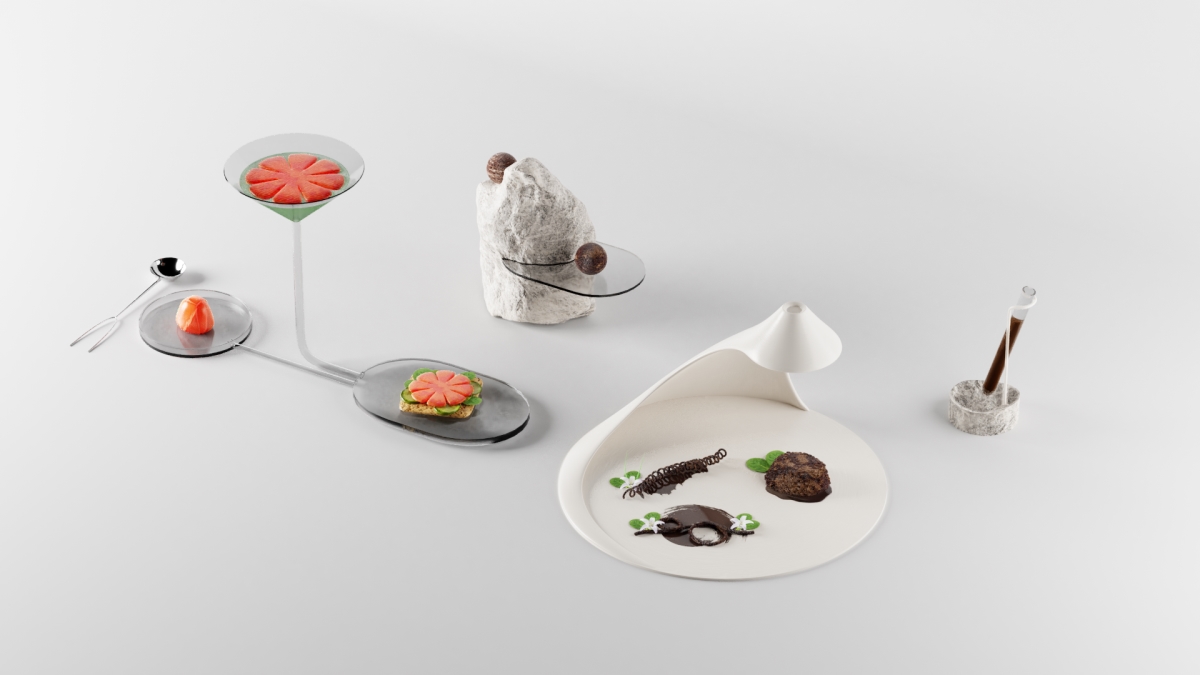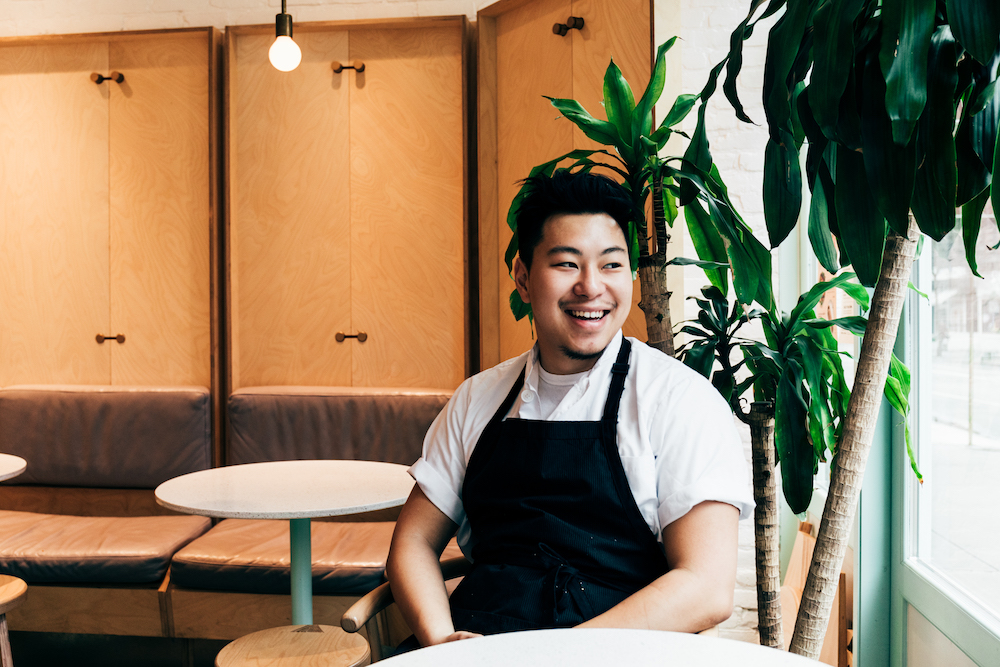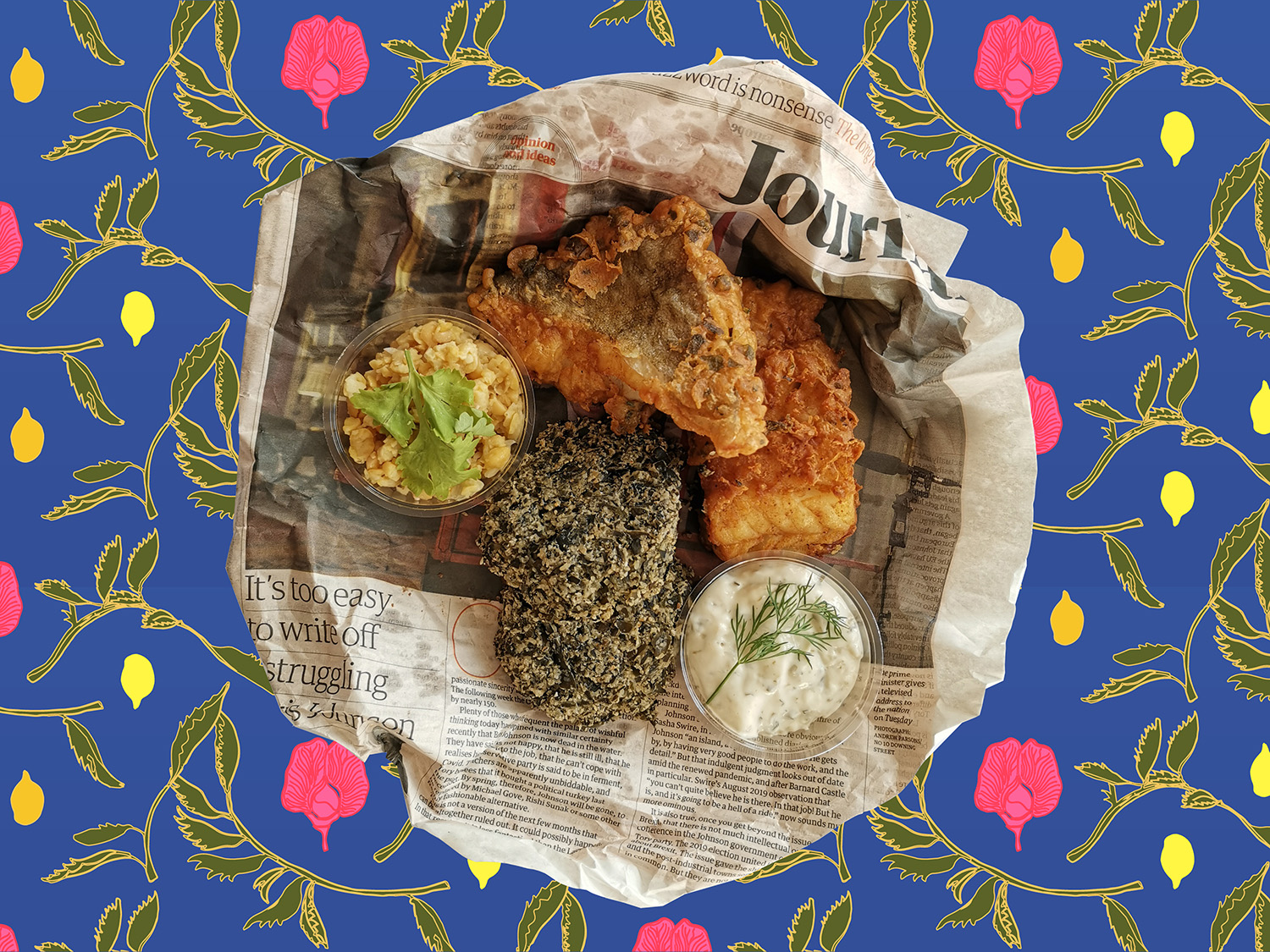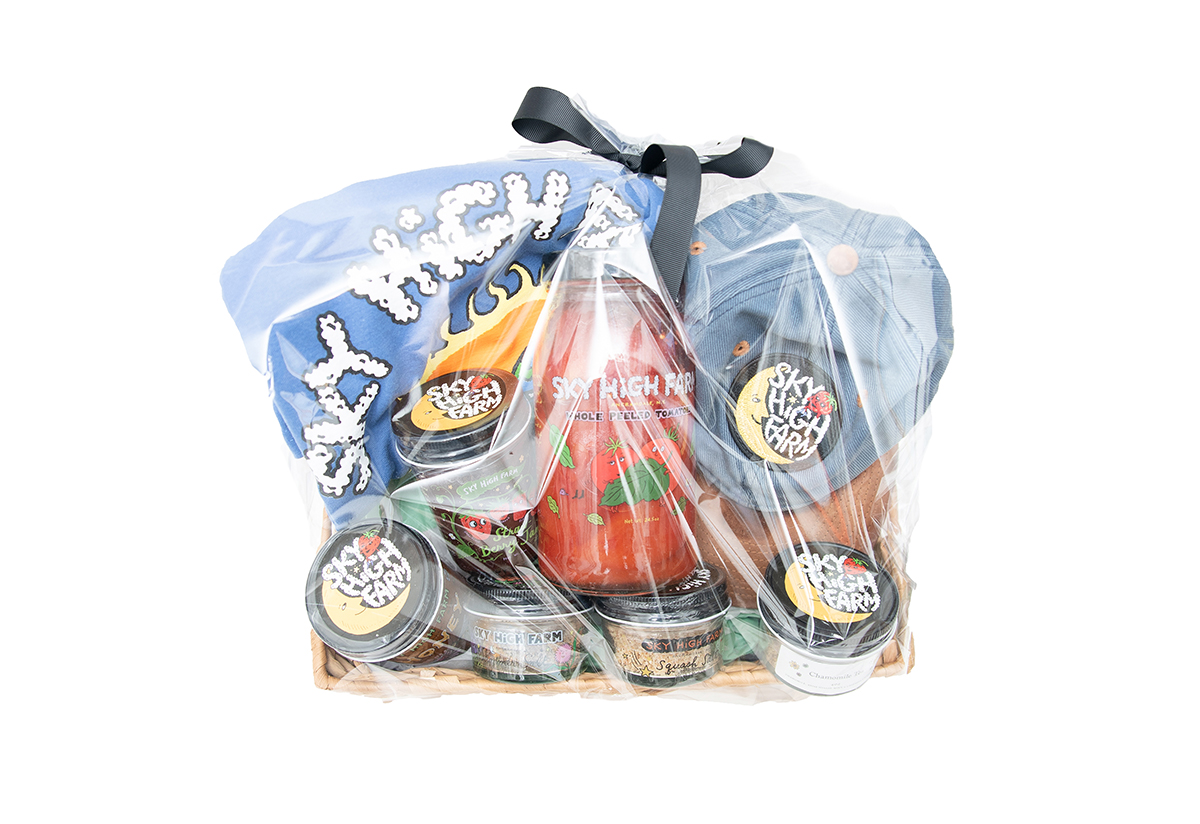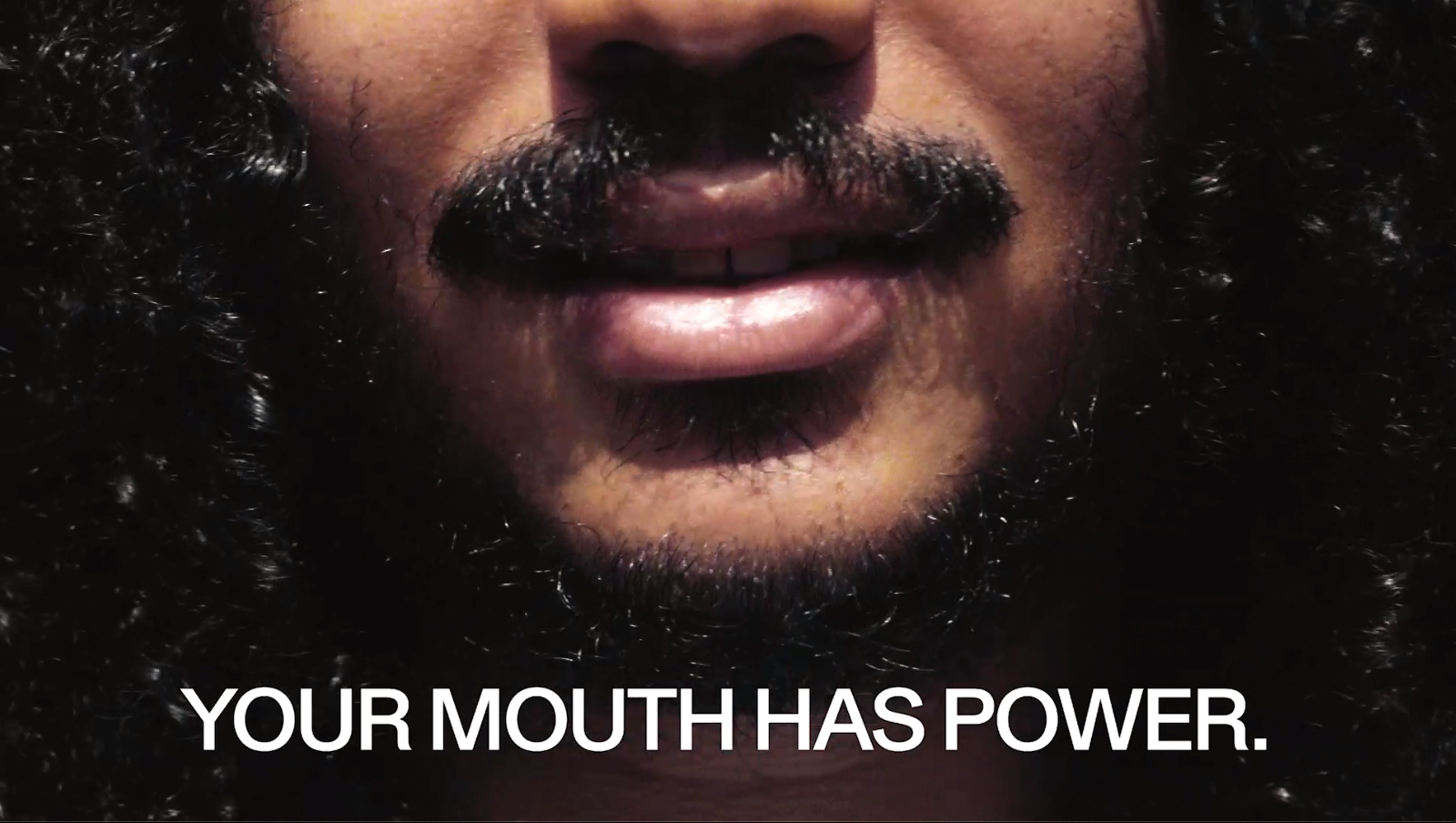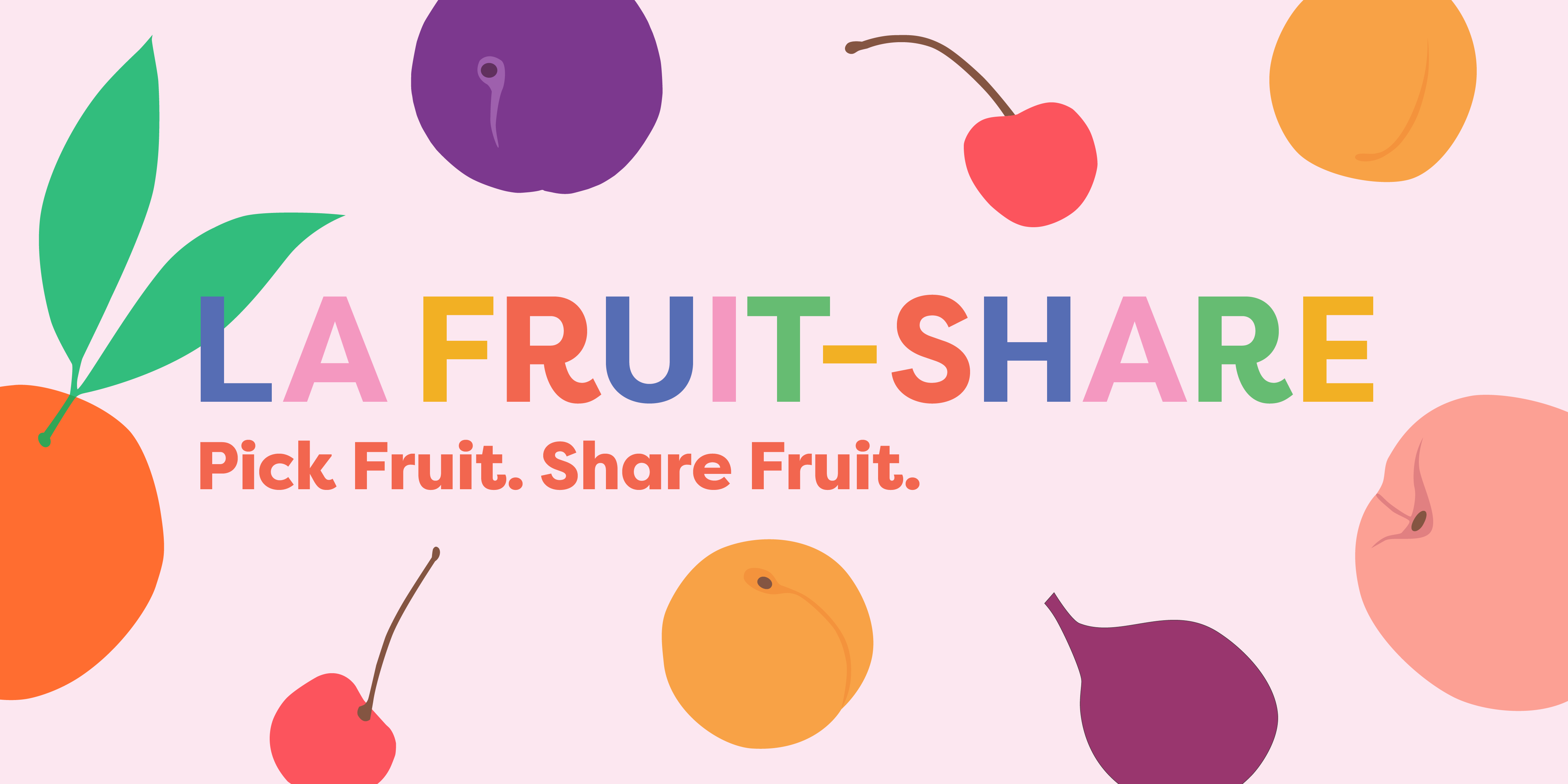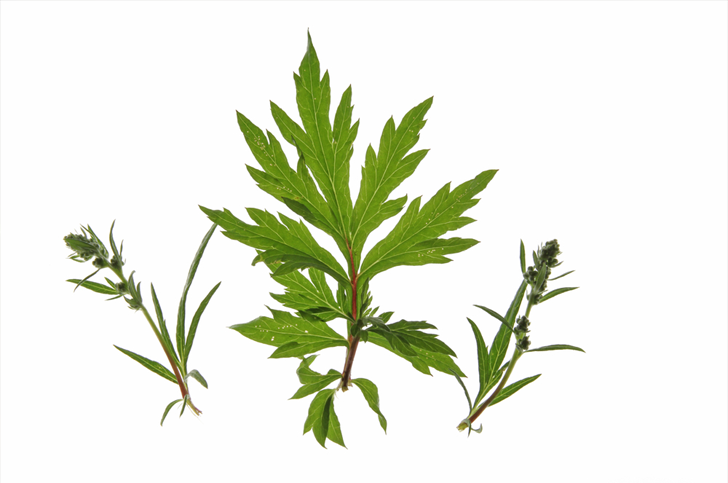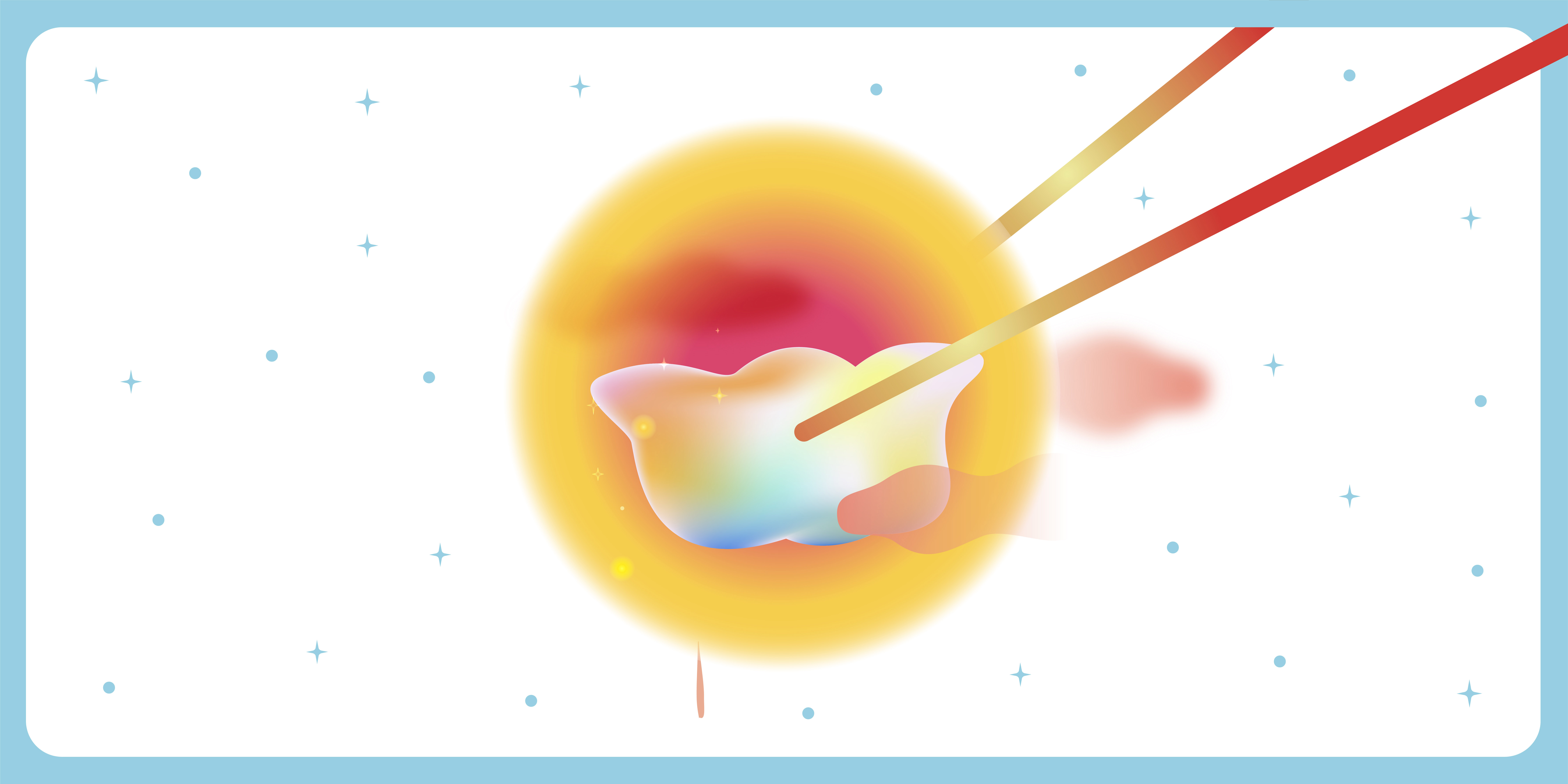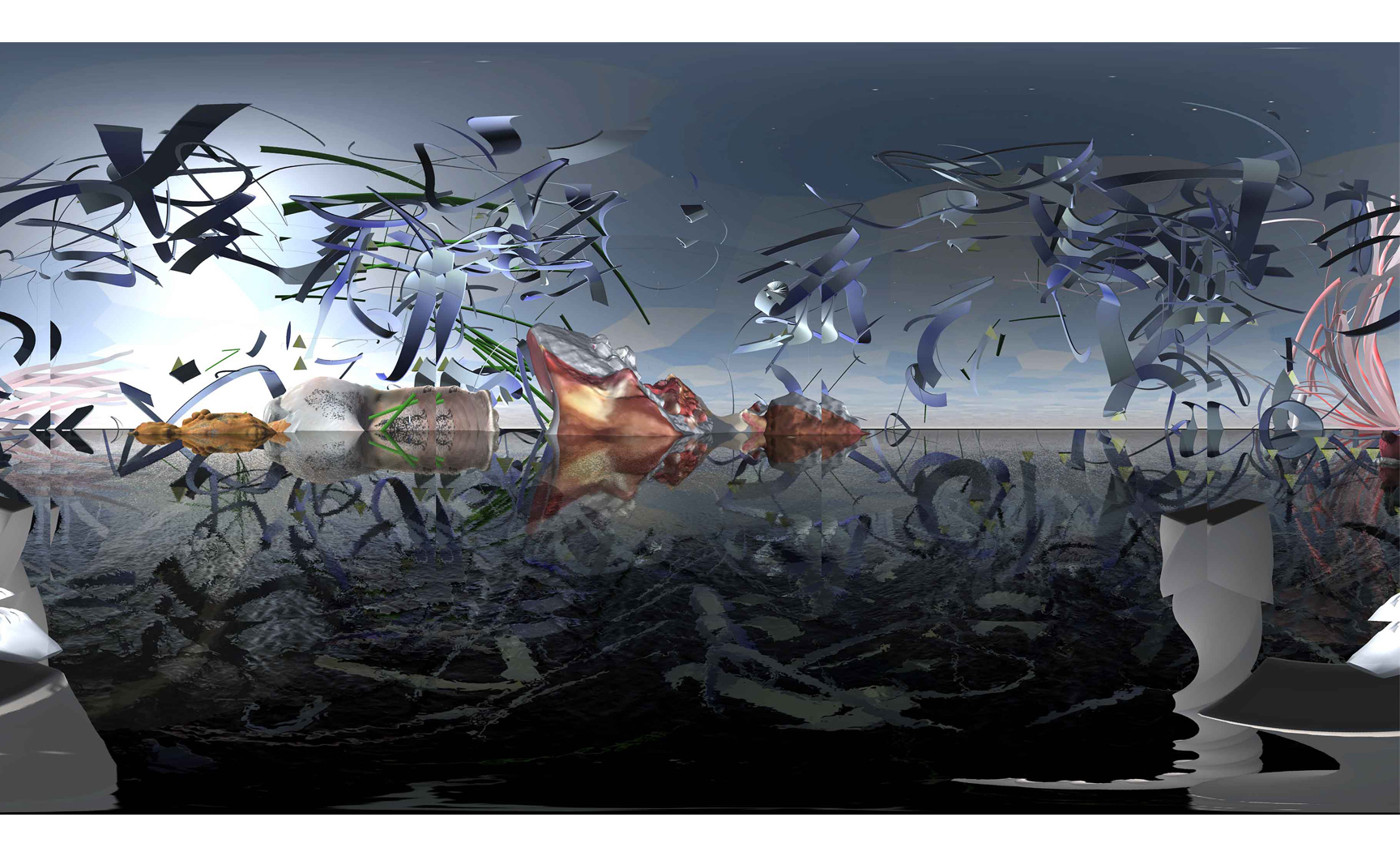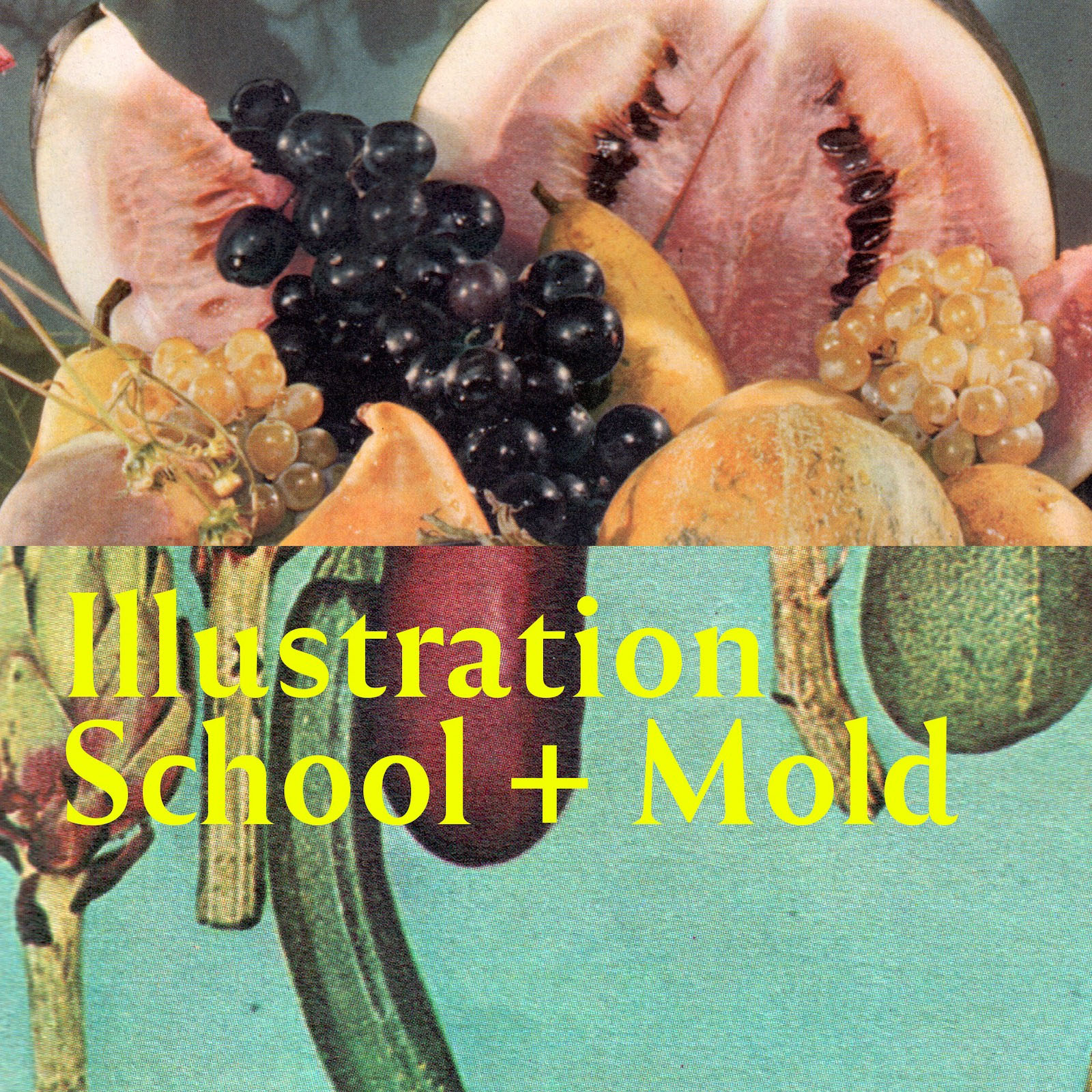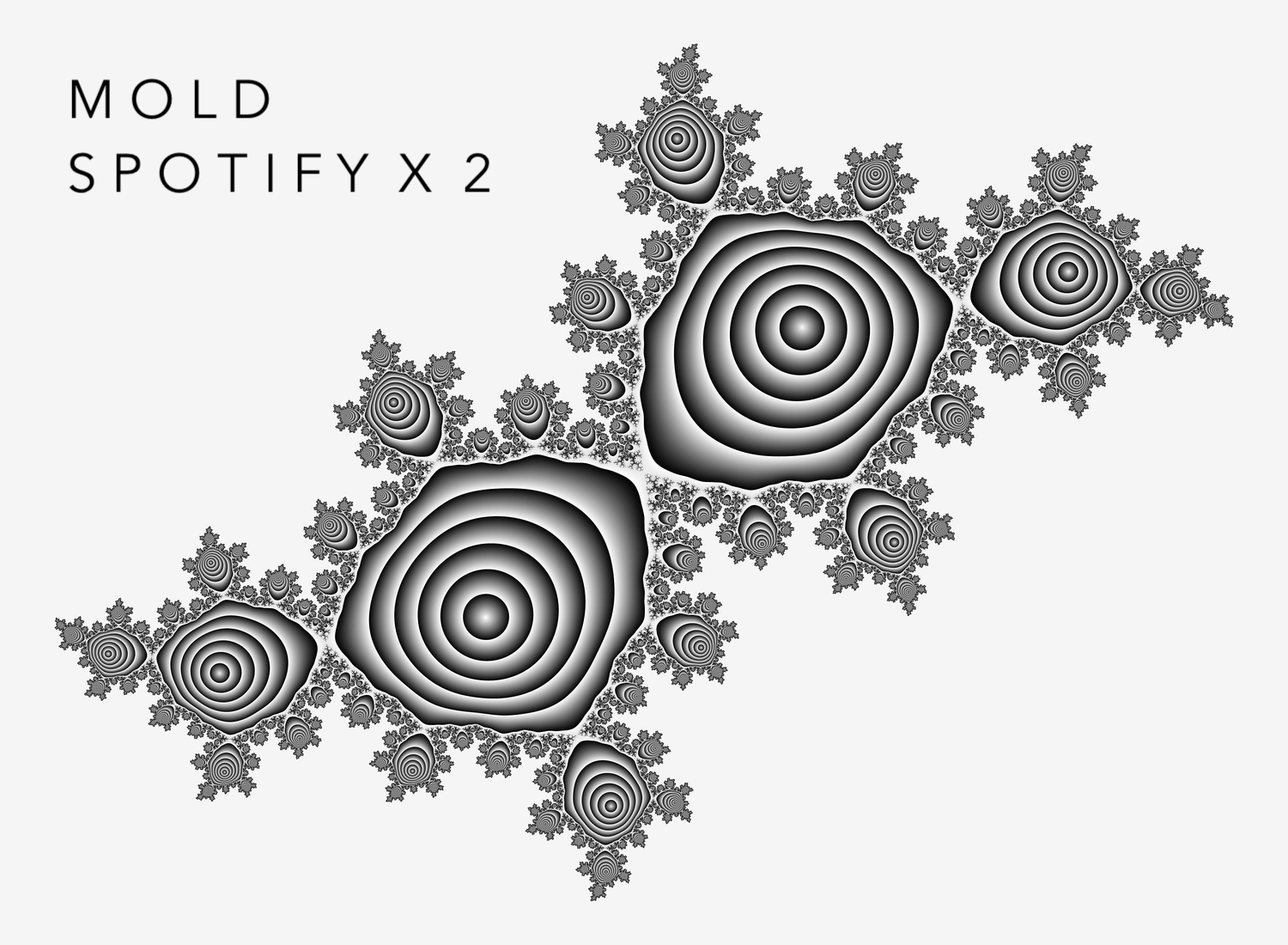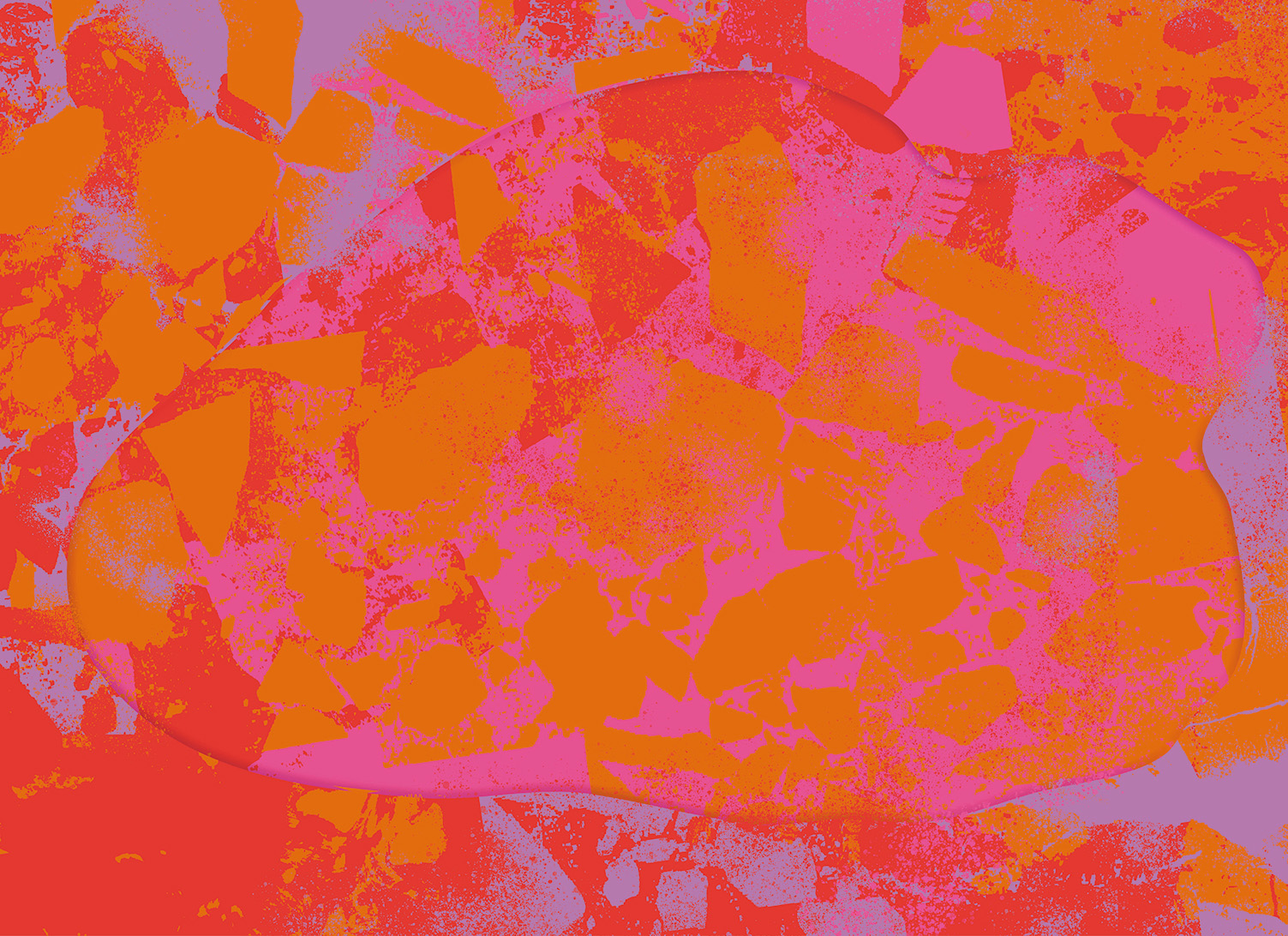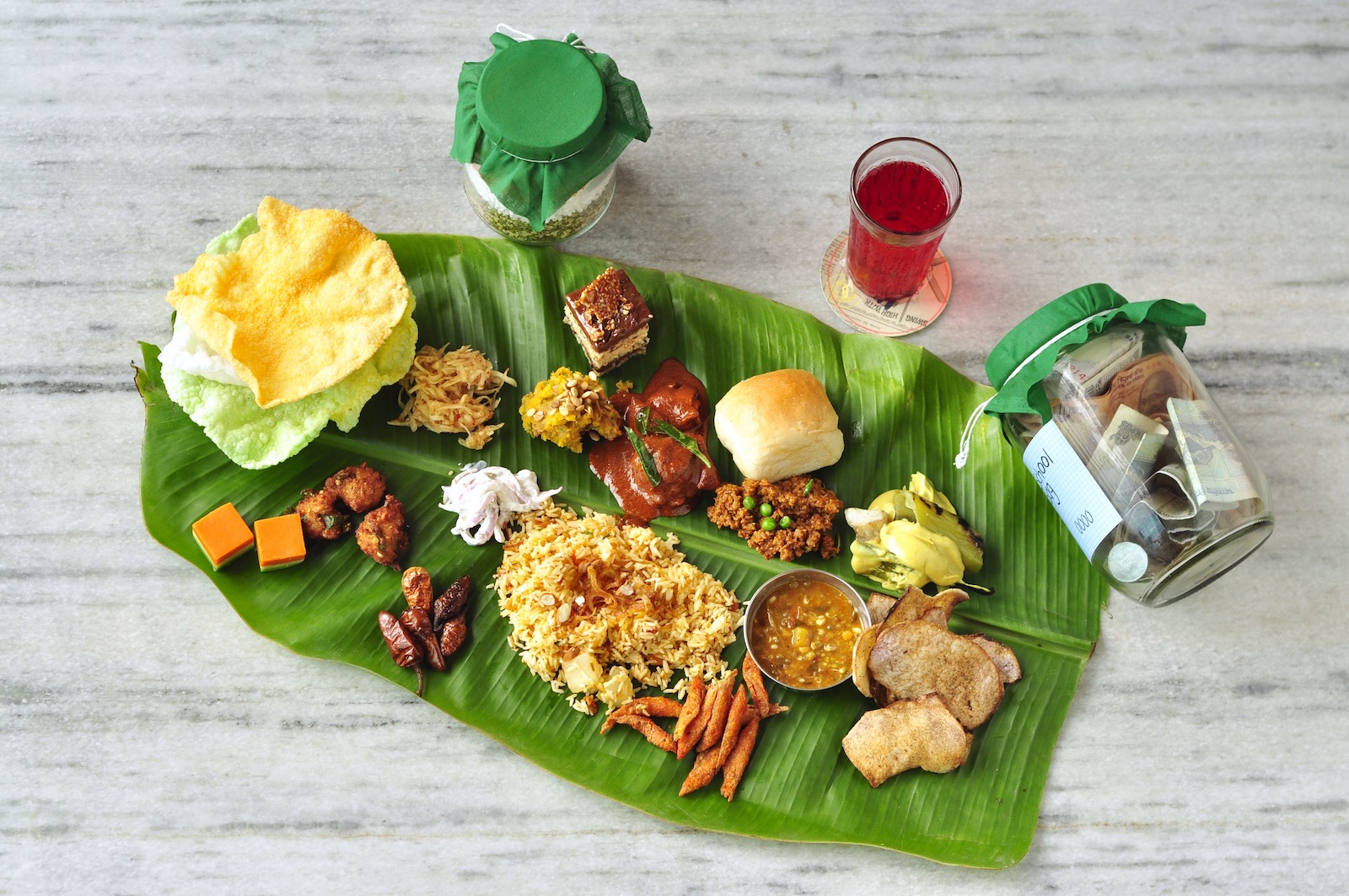The creative studio of Pepi de Boissieu uses food design and culinary installation to communicate ideas beyond the table. While her projects vary widely in the artistic techniques they employ, they all demonstrate an appreciation for the multidimensional qualities of food, highlighting the facets of dining that, “can help people relate to each other, question their reality, and also simply get in good spirits, marveling at the unexpected, while eating or drinking,” she explains on her website. In some cases, Boissieu’s work may analyze cultural norms surrounding dining, while other projects investigate the origin stories behind ingredients. The scope of her creativity, and her ability to shape unique food experiences, is evident in the work. Curious to learn more about her creative process and the experiences that helped develop her career, MOLD spoke with Pepi de Boissieu about her history with food and the ideas that fuel her work.

Before moving to Barcelona, Boissieu owned a restaurant in Brazil at just 23 years old, giving her an intimate history with food and hospitality to draw upon for her current work. After arriving in Barcelona, Boissieu began working with artist Antoni Miralda on Food Cultura, an ongoing performance art project founded by Miralda in the late ’60s that investigates our material relationship with food. Working on Food Cultura inspired Boissieu to combine her passions, and “mix up her scenography and art direction studies with food,” she told MOLD.
Boissieu describes her creative process as beginning with a single concept, an idea that either piques her interest or imparts a client’s message. She considers what that concept is trying to communicate, and after in-depth cultural research, the studio develops a visualization that highlights those central themes. When working on independent projects, Boissieu is particularly “inspired by nature and human interaction.” She is drawn to concepts and ideas that provoke emotional reactions, or emphasize a topic she feels the need to talk about.


For her most recent project, Heal the World, Boissieu collaborated with photographer Nuria Val to shed light on the often invisible ways that consumer behaviors are adversely impacting the environment. For the artists, dependence on single use plastics and palm oil are two of our most nefarious “bad habits.” Whether its our culture of throwaway plastic food packaging and bags, or reliance on palm oil in industrially produced snack foods, consumer habits are often unknowingly creating environmental destruction.


Boissieu’s experimental lunch, Table Waltz, stripped away the tools and behaviors we normally associate with eating by removing all cutlery and dishes. Participants instead ate over a table covered in white canvas, using only their hands.
Not only did this project provoke reflections on how and with what we eat, but the canvas left behind showed a visible history of the meal that had been shared together.

For the launch of kitchen designer Abimis’ first presentation in Barcelona, Sacred Water, Boissieu developed a menu that commented on oceans and water systems throughout every step of the meal. For her main dish Boissieu incorporated tagliatelle made from 100% algae, sourced from an under-water farming project that works to regenerate life on the ocean floor.
 Photos of Sacred Water by Iris Humm
Photos of Sacred Water by Iris Humm
Even the drink selection played a part in her presentation, as orange natural wine spewed from the water tap, referencing unclean water systems and rust.
When asked about her choice to center food in all her creative projects, Boissieu explains that food experiences are a unique way to communicate with people, because eating is “a daily practice. We eat every day, and every time that there is a gathering among people there is food.” Through these daily rituals of eating, interpersonal connections and communication are established between people, creating new relationships. These hidden dynamics underlying food and its consumption continue to fuel the curiosity and creativity behind her work.
